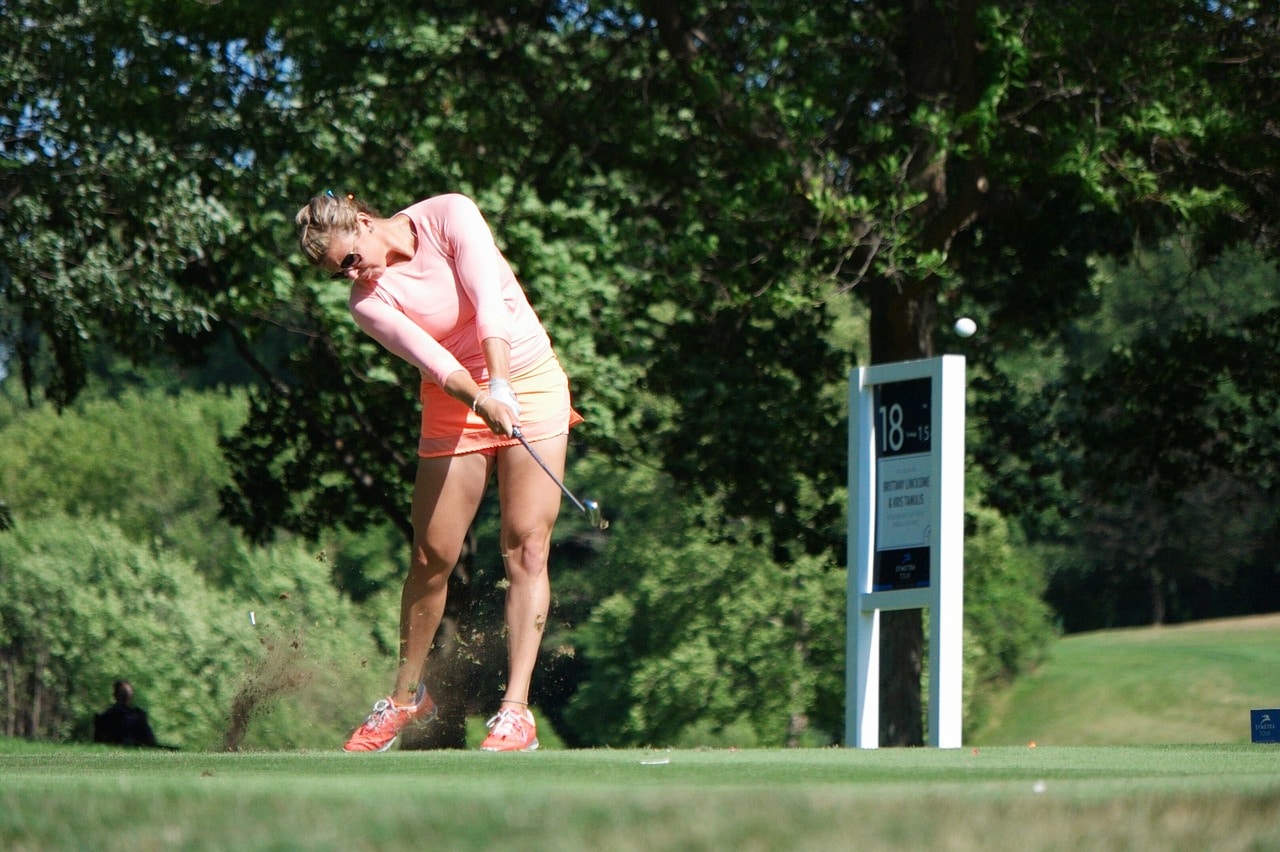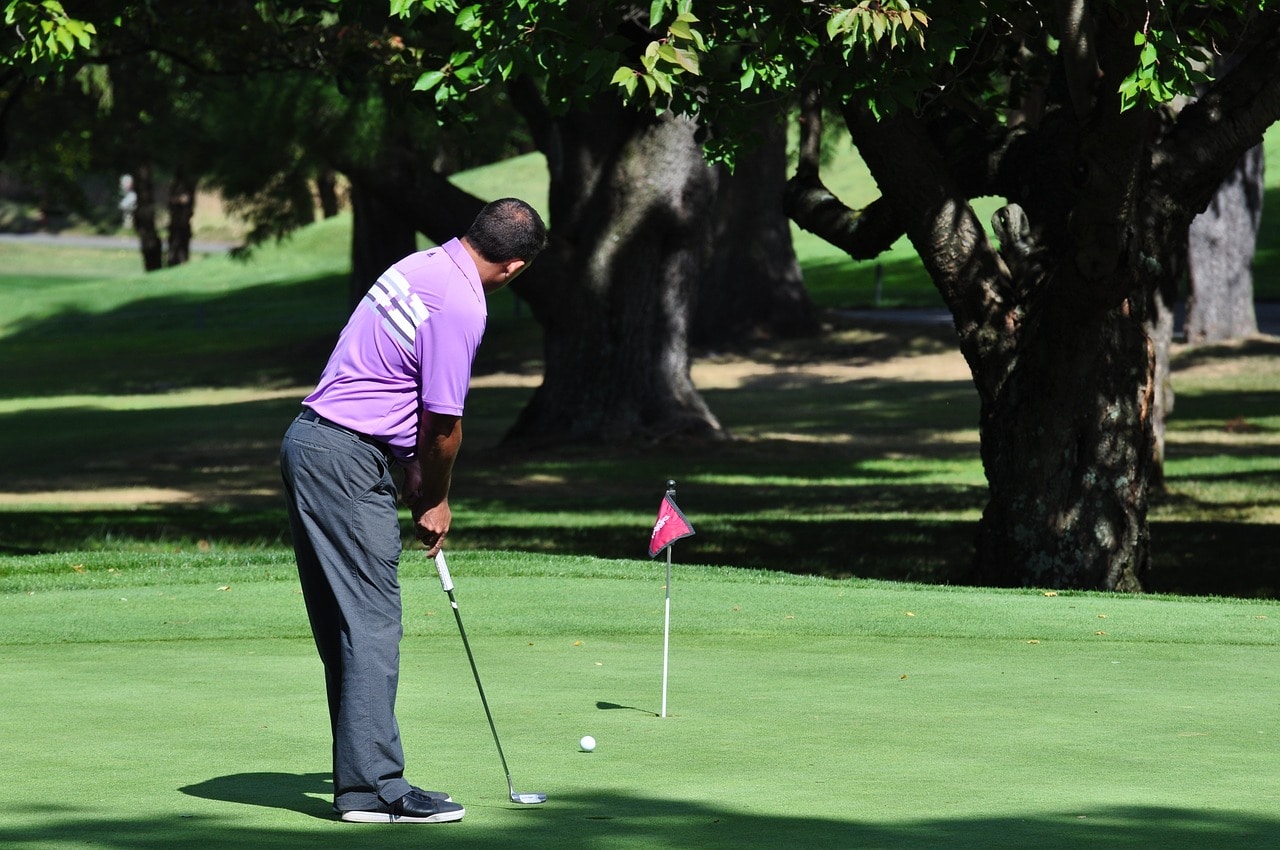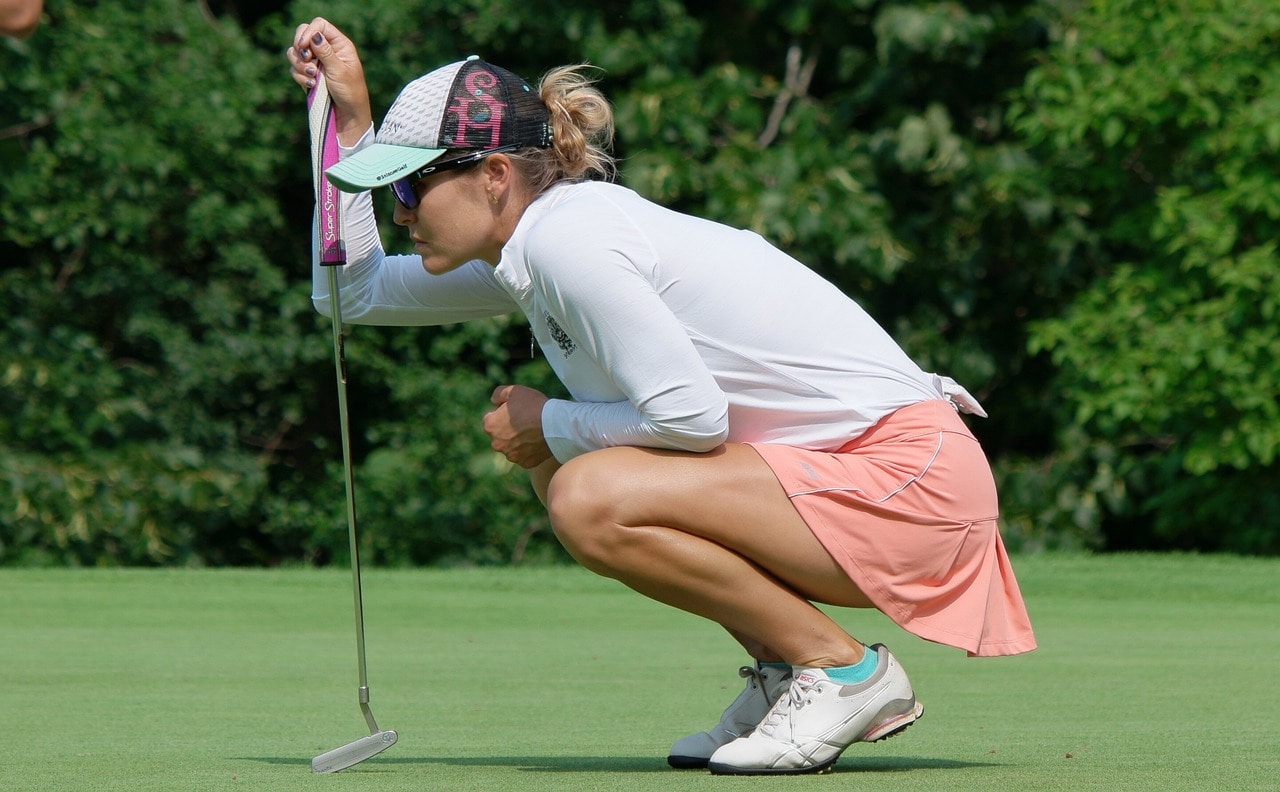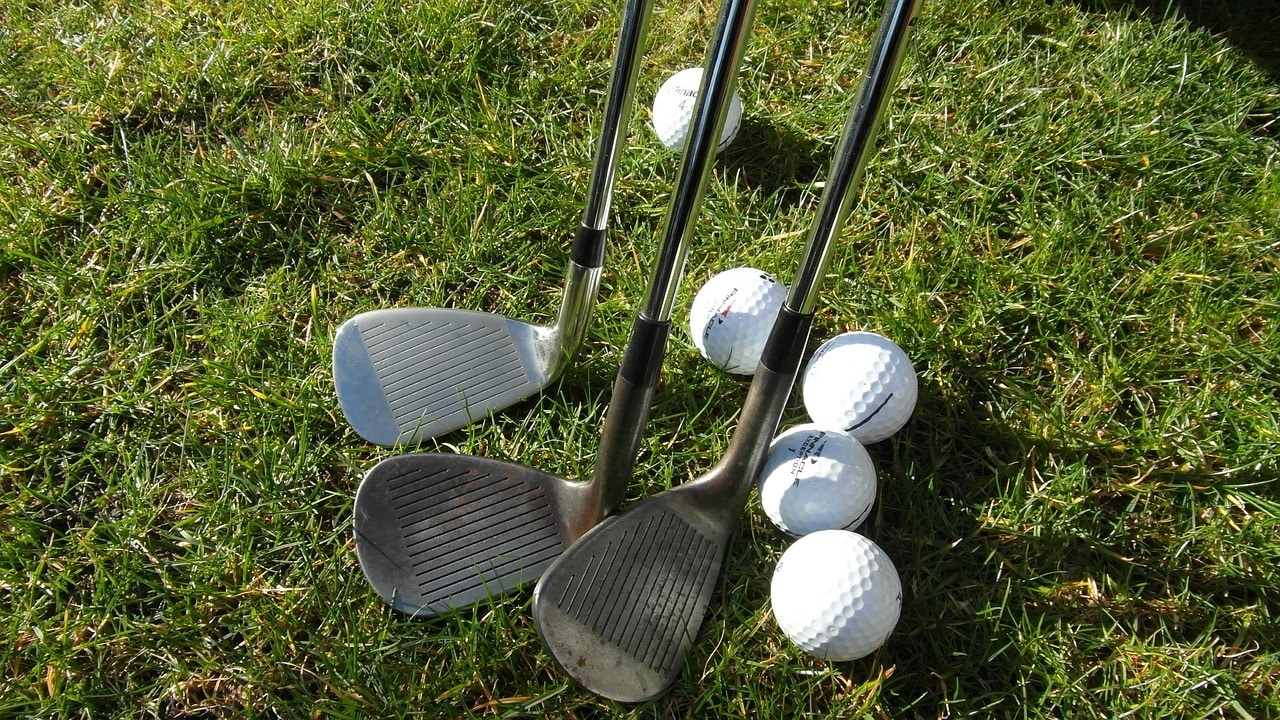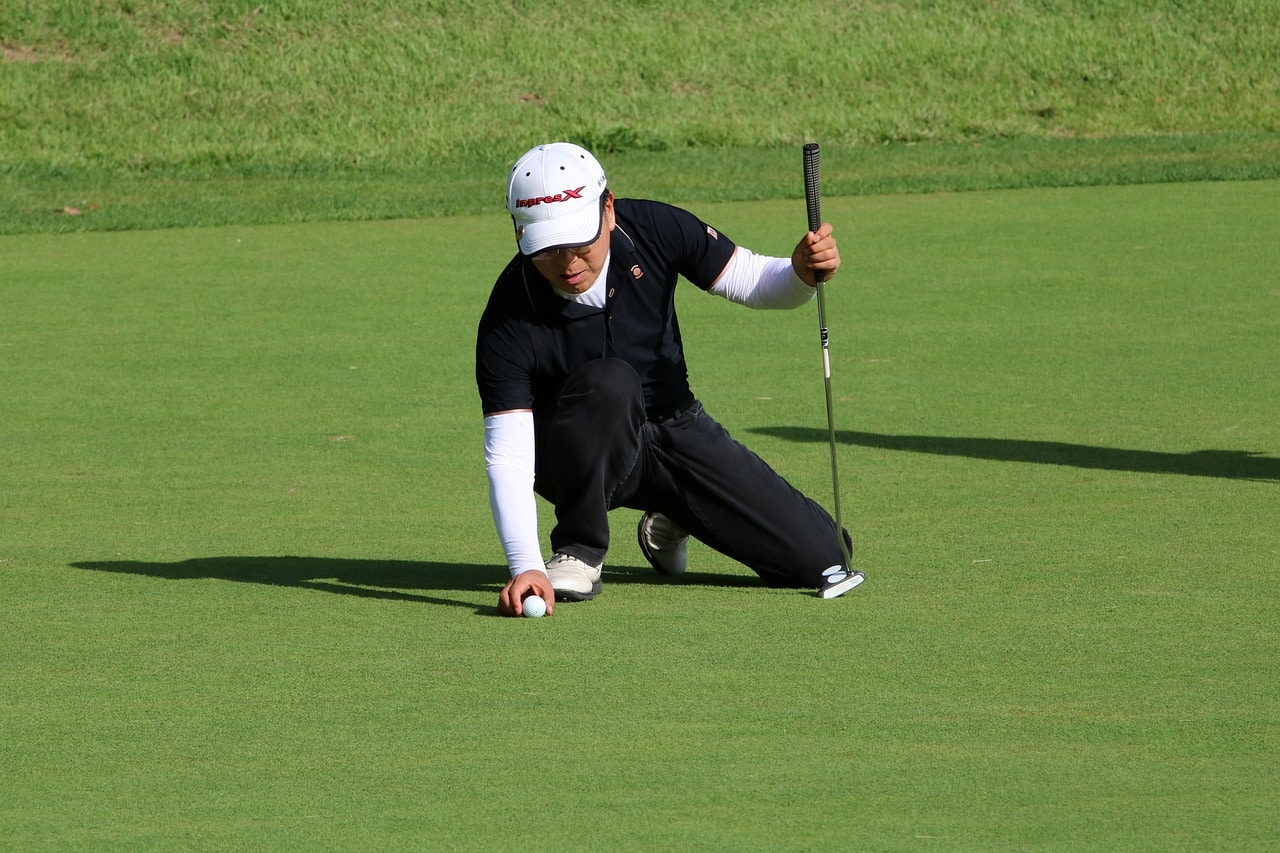What You Need To Understand About Golf Club Lie Angles
Table of Contents
Golf is a popular sport often played by individuals looking to challenge themselves with its complexity and precision. Understanding the nuances of golf, such as club lie angles, can be intimidating for newcomers who have yet to develop an understanding of the game. However, it may also provide an opportunity to learn more about their preferred sport while deepening their connection with other players who share the same passion. This article aims to explore how understanding club lie angles in golf can give players a chance to belong to a greater community of avid enthusiasts and improve their performance on the course.
Definition Of Lie Angle
Lie angle is a term often used in the game of golf, referring to the angle between the sole of a club and its shaft. It also relates to how far out from vertical the clubface sets at address. Generally speaking, when talking about lie angles they are split into two categories: those that refer to irons and those that relate to woods.
The lie angle of an iron affects where the ball will travel after it has been struck. If the lie angle is too flat or upright, shots may not be consistent as expected. A correct lie angle for an iron helps players maintain proper posture throughout their swing, making contact with the ball more efficient which can lead to increased accuracy and distance overall.
For a wood, such as a driver or fairway wood, having the correct lie angle ensures that your clubhead strikes the ground first before coming into contact with the ball upon impact. The ideal situation being one where you have set up correctly so that there is minimal turf interaction before striking through the ball on your intended line towards your target destination.
To ensure maximum performance potential when using either type of club, professional custom fitting sessions allow golfers to test different types of clubs and adjust specifications including loft, length and most importantly -lie angle- until they get optimal results according to their unique swings characteristics. This provides added confidence while playing since they know each shot has been tailored specifically for them.
Types Of Lie Angles
Lie angles are like a golf club’s fingerprints: no two lie angles of the same type of club will be identical. Understanding the differences between them is key to having success on the course. It can be likened to an artist’s palette, where each shade and hue has been carefully selected, mixed and blended together in order to achieve that perfect shot.
The three main types of lie angle are upright, flat, and neutral (or standard). Upright clubs have a higher degree of loft than do those with a flat or standard lie angle; this helps to ensure that shots taken from these clubs will land closer to their intended target than would otherwise be possible. A flat-lie angle reduces the amount of backspin generated after contact is made with the ball. Neutral/standard lie angles provide more control over distance when compared to either an upright or flat-lie angle as they allow for more adjustability during play.
These lie angles also affect how much energy is transferred from the swing into the ball upon impact. Clubs featuring an upright lie generate less power due to their decreased loft making it necessary for players to increase their swing speed in order to attain maximum driving distance off tee boxes. Flat lies create more energy at impact but require increased accuracy because any misdirection could result in greater distances being traveled by errant shots. Neutral/standard lies offer a balance between power and direction allowing players better control over both trajectory and distance achieved per shot.
It’s important for golfers to understand how different lie angles affect performance before selecting a set of clubs so that they can take full advantage of whatever advantages their chosen equipment provides out on the course. Having knowledge about one’s own specific needs when it comes to what works best for them allows players who know their preferences well enough, not only complete confidence when playing but also improved scores overall as they look towards improving their game through practice and experience out on the links .
Factors Affecting Lie Angle
The lie angle of a golf club is integral to the success of any golfer. It reflects the relationship between the sole and shaft, which in turn affects both ball direction and launch trajectory. As such, it can be considered as an emblem for a golfer’s precision; at its core lies their technical skill and finesse with regards to control over the game.
Three main factors affect the lie angle of a golf club: body type, stance width, and posture position. Body type gives us insight into the size of a player’s arms and torso relative to their height – this impacts how they hold their clubs during play. Stance width determines where on the ground players place their feet when addressing the ball – this subsequently creates an angle for them to swing from that best fits their physique. Lastly, posture position has two components: shoulder tilt (forward or backward) and spine angle (upright or bent). Together these aspects help determine if a player should use flat-soled or round-sole irons.
Additionally, certain environmental conditions may also alter club lie angles. For example, playing on soft turf will make clubs appear more upright due to increased friction upon contact with the ground. Similarly, temperature variations can cause slight changes depending on whether iron materials expand or contract in response to heat/cold exposure. This needs to be taken into consideration by all golfers looking to optimize performance while out on course.
Understanding these factors allows one to effectively adjust line positions prior to swinging in order to gain optimal results based upon individual biomechanics and external variables present at any given time. Being aware of these elements helps take away uncertainty regarding set-up configuration before teeing off each shot; thus allowing players greater confidence in achieving desired outcomes through precise execution alone…
Measuring Lie Angle
Measuring a golf club’s lie angle is an important step in customizing clubs to improve performance. It requires the use of specialized tools and knowledge on how certain factors affect it, as discussed in the previous section. Here are four key points on this subject:
1) Lie angles can be measured using a lie angle gauge or protractor. This tool measures the angle between the center line of your shaft and sole plate of your club head at address position when you look down at it from above.
2) The lie angle should fit into different categories depending on the type of golfer utilizing them; those with shallower swings need flatter lies while players with steep swings would require more upright ones for better accuracy.
3) Other factors that must also be taken into consideration include height, posture, setup style and length of arms/legs as they all contribute to what kind of lie works best for each individual player.
4) Golfers should always consult professional fitting experts before purchasing any new clubs to ensure their equipment is tailored perfectly for their swing and body type.
In order to get optimal results out of one’s game, it is critical to understand the concept behind measuring club lie angles accurately and efficiently so that adjustments can be made accordingly if needed. With suitable expertise and right tools, assessing these vital traits will become easier and help players gain greater control over their shots by giving them access to customized golfing equipment that meets their specific needs—ultimately creating a personalized experience every time they take up a club during playtime. Moving forward, we will discuss methods for correcting any discrepancies found after taking measurements.
Correcting Lie Angle
Lie angle is an important factor in optimizing performance for golfers. It affects the trajectory of the ball and can help players gain a competitive edge if used correctly. If the lie angle of a club is incorrect, there are several ways to correct it so that it suits your preferences or playing style.
To begin with, you should know how far away from standard specifications each individual club differs. This will give you an understanding of what changes need to be made. There are three common methods for correcting lie angle: grinding, bending, and soldering.
Grinding involves using specialized tools to reduce the amount of material on specific areas on the soleplate of the head until it meets desired specifications. Bending requires special equipment as well; however instead of removing material, this method applies pressure at certain points on the shaft until desired results are achieved. Soldering entails welding additional pieces onto existing parts in order to adjust their position relative to one another and reach optimal accuracy levels.
Using these techniques accurately allows golfers to customize clubs according to their needs without compromising quality or durability. Additionally, being able to control lie angles helps compensate for particular swing flaws and ultimately leads to improved precision when taking shots on the course. When done right, adjusting lie angles provides invaluable benefits that help increase consistency and make all types of shots easier including tee-shots, fairway woods, rescue clubs, irons and wedges.
Benefits Of Optimizing Lie Angle
The benefits of optimizing lie angle are immense, and almost too great to be measured. It’s like the difference between night and day – a remarkable transformation that can take your golf game from average to exceptional in no time at all. Here are just some of the advantages you’ll experience when you make sure your club faces are perfectly aligned:
1) Increased accuracy: Optimizing your lie angles helps ensure consistent contact with every shot, improving accuracy on approach shots and tee-offs alike.
2) Greater distance: With perfect alignment, you will hit farther than ever before due to improved energy transfer from the face of the club through the ball.
3) Improved feel: When everything is lined up correctly, it will give you an incredible feeling of control over each swing, leading to even better performance down the line.
Moreover, many professional players have attributed their success on tour largely to having optimized lie angles for their clubs. Achieving this level of precision requires understanding how different elements interact with one another; something that any golfer should strive for if they want to get serious about their game. And while there may be some challenges along the way as you learn more about optimizing lie angles, ultimately these efforts will pay off tenfold in terms of improvement in playability and confidence on course. Transitioning into common mistakes made with lie angles is important so that novice golfers understand what pitfalls they should avoid when attempting such an intricate task themselves.
Common Mistakes With Lie Angle
Similar to other aspects of golf, understanding and optimizing lie angle can be a difficult task. It is important that the correct lie angle is used as it directly affects ball direction, trajectory, spin rate, and distance. As such, common mistakes in obtaining the right lie angle need to be avoided like the plague; not doing so can have serious consequences on a golfer’s performance.
To illustrate this point further, imagine an arrow shooting towards its target before being pulled off course by an unseen force. Just like that arrow, when a golfer has too flat or too upright of a clubface due to incorrect lie angles, their shots may end up completely missing the intended mark.
It is easy for beginners to become overwhelmed with all the different types of clubs available along with their respective specs and attributes. If they don’t take time to properly select what works best for them based on height and swing style, then there is potential for significant inaccuracy caused by incorrect lie angles. Even more experienced players if faced with uncomfortable decision-making situations could slip into bad habits which might lead them down paths of poor selection choices.
Therefore, taking proper measures should be undertaken to ensure that one understands how important choosing the appropriate lie angle will affect overall performance and game outcome. Taking advantage of custom fitting services from golf professionals or even using trial-and-error methods are two viable options to determine ideal settings tailored specifically for each individual player; these small adjustments can make huge differences in terms of stats tracking over time and ultimately improve your handicap index significantly.
Conclusion
The proper understanding and application of golf club lie angles can greatly improve a golfer’s game. By taking the time to analyze, measure, and correct their clubs’ lie angle, players are able to optimize the performance of each shot. The result is greater accuracy with their swings and ultimately lower scores on the course.
In order to reap these benefits, it is important for golfers to understand what lies angles are as well as which factors affect them. They should also familiarize themselves with how to properly measure and adjust these angles when necessary in order to maximize their results. Finally, they should take care not to make common mistakes that could lead to poor shots or even injury while playing the sport.
Golfers who stay informed about their equipment will be rewarded with improved control over their strokes, better execution of shots, and higher overall scores on the green. With knowledge of lie angles comes mastery of every aspect of a successful round of golf: from perfecting your stance at address all the way through sinking that winning putt!
